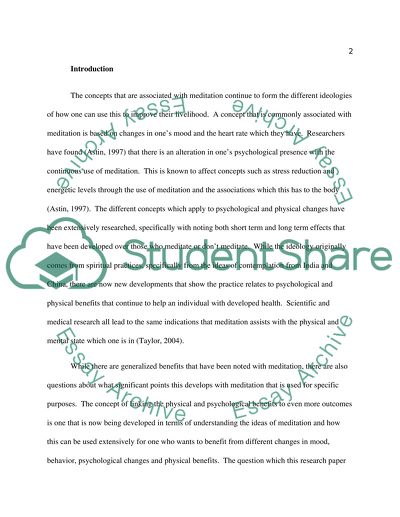Cite this document
(“The concept of meditation is one that has been attributed to Research Paper”, n.d.)
Retrieved from https://studentshare.org/psychology/1393339-is-meditation-associated-with-reductions-in
Retrieved from https://studentshare.org/psychology/1393339-is-meditation-associated-with-reductions-in
(The Concept of Meditation Is One That Has Been Attributed to Research Paper)
https://studentshare.org/psychology/1393339-is-meditation-associated-with-reductions-in.
https://studentshare.org/psychology/1393339-is-meditation-associated-with-reductions-in.
“The Concept of Meditation Is One That Has Been Attributed to Research Paper”, n.d. https://studentshare.org/psychology/1393339-is-meditation-associated-with-reductions-in.


